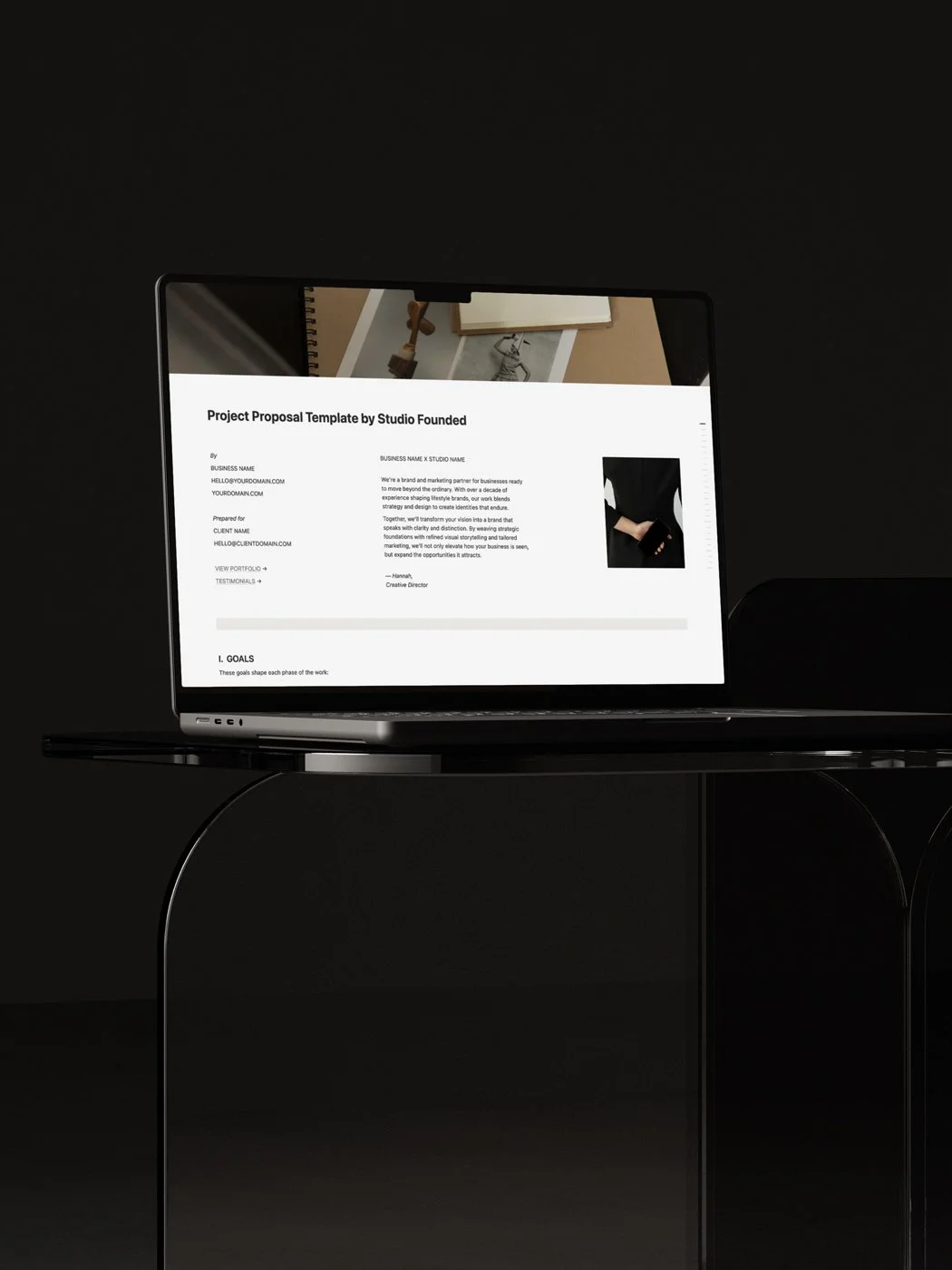Intention to Action: Sustainability for Modern Entrepreneurs
Sustainability isn’t about perfection; it’s about intention. Customers can spot an inauthenticity from a mile away, and when something feels off, they’re quick to disengage. If sustainability is a value your business holds dear, the key is to lead with action, not just words or a pretty label.
Authenticity comes from embedding sustainable practices into your business. It’s less about shouting ‘look how green we are!’ and more about quietly, consistently doing the work. In this guide, we’ll walk you through practical ways to make meaningful environmental choices.
This post contains affiliate links, meaning we may earn a small commission at no extra cost to you. We only recommend products we genuinely love and believe in. You can read our full affiliate disclosure here.
Printing is a big part of running a business, whether packaging or marketing materials, but it can generate a lot of waste.
Opt for biodegradable inks and glues, plastic-free packaging, and recyclable paper. And if you want to get really fancy, try out seeded paper to turn your business cards into wildflowers or herbs at the end of their lifecycle.
When looking for a printer, look for The Forest Stewardship Council® accreditation for certified proof that they are upholding sustainable practices.
We recommend:
Hatch Print for sustainable vegan print and seeded paper.
MOO for cotton business cards that are tree-free and recyclable.
TishWish for sustainable, zero-waste mailing bags and packaging when shipping your products.
PackHelp for a range of eco-conscious print from packaging boxes to tote bags.
Planting Trees
Consider setting aside a portion of your profits to support reforestation projects. Not only do trees absorb carbon and provide habitats, but they also contribute to the well-being of communities worldwide.
We recommend:
THG (More:Trees) to plant trees as a business or a consumer, or on behalf of your customers.
One Tree Planted is another option that allows you to plant trees for your customers or for each sale made on your website.
Carbon Positive
If you want to make a noticeable difference, going carbon-positive is the way to go. What does that mean? Well, it’s not just about cutting down on carbon emissions but also actively removing more carbon from the atmosphere than you put in. You can start by jumping on board with carbon offset programs and pouring some resources into renewable energy sources.
We recommend:
Ecologi to calculate and offset your carbon footprint.
Website Carbon Emission
Did you know that websites have a carbon footprint? The internet needs energy to power it, and that energy produces carbon emissions. According to Website Carbon, carbon emissions from websites are at a level equal to or greater than the global aviation industry.
Website Carbon is a free tool that you can use to scan your website and discover how much carbon is produced.
Ecograder is another option that allows you to test your website for environmental impact.
Email Carbon Footprint
Believe it or not, even emails have a carbon footprint. Every email you send consumes energy, thanks to data centers, networks, and devices. It might sound small, but it all adds up, especially if you send marketing emails frequently.
So how can you cut down on the environmental impact of your emails?
Consider trimming your email list by regularly cleaning it up by removing old or inactive contacts.
Make your emails concise and to the point. Readers often appreciate shorter emails, plus, more concise emails mean less data, which in turn means less energy consumption.
Use simple, clean designs that don’t require heavy graphics or media. This reduces the data size of your emails, and as a bonus, they’ll load faster for your recipients.
Make sure that when you remove emails, DELETE them instead of archiving them as this only moves them to a separate folder.
We recommend:
Digital Cleanup Day to help you digitally detox your workspace.
Donating Profits
Consider donating a portion of your profits to environmental organizations. Talk about it on socials and your website to keep your audience informed about your impact. Being vocal about your contributions not only inspires others but also fortifies your brand’s reputation as a sustainability leader.
We recommend:
1% for the Planet helps businesses commit to donating 1% of sales to environmental organizations.
Making Products That Last
Creating products designed to last doesn’t just delight your customers; it also reduces waste. Choose materials that are easy to recycle, and include clear disposal instructions.
We recommend:
Cradle to Cradle Certification is a program that tells you the environmental and social impact of your product.
Donating Unused or Returned Stock
Rather than disposing of unsold or returned stock, consider donating it to charities or organizations that can put these items to good use. For example, if you are an underwear brand, you could donate unused items to a charity like I Support the Girls, who collect and distribute essential items like underwear.
Transparency
Share where your materials come from, how they’re made, and ensure ethical practices across your supply chain. It’s about fairness while also raising the bar in your industry.
Concluding Thoughts
Sustainability doesn’t have to feel out of reach. It’s just about showing up and taking meaningful steps. Maybe it’s rethinking your packaging, planting trees, or simply sharing your journey honestly with your audience. These choices add up, shaping a business that’s not only kind to the planet but also deeply rooted in care and authenticity. The most impactful change starts with the small, consistent actions we take every day.




















